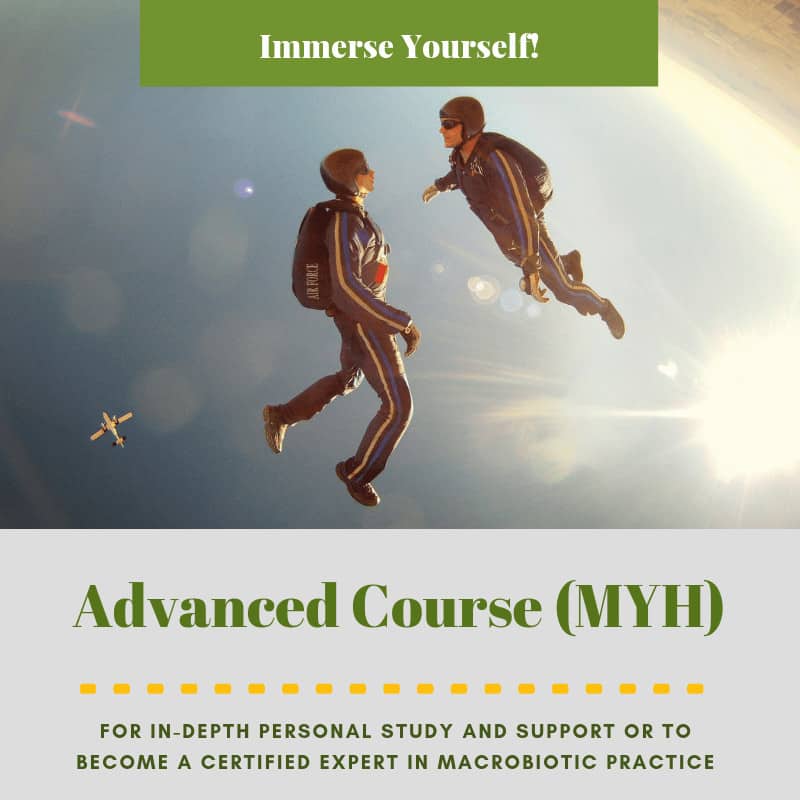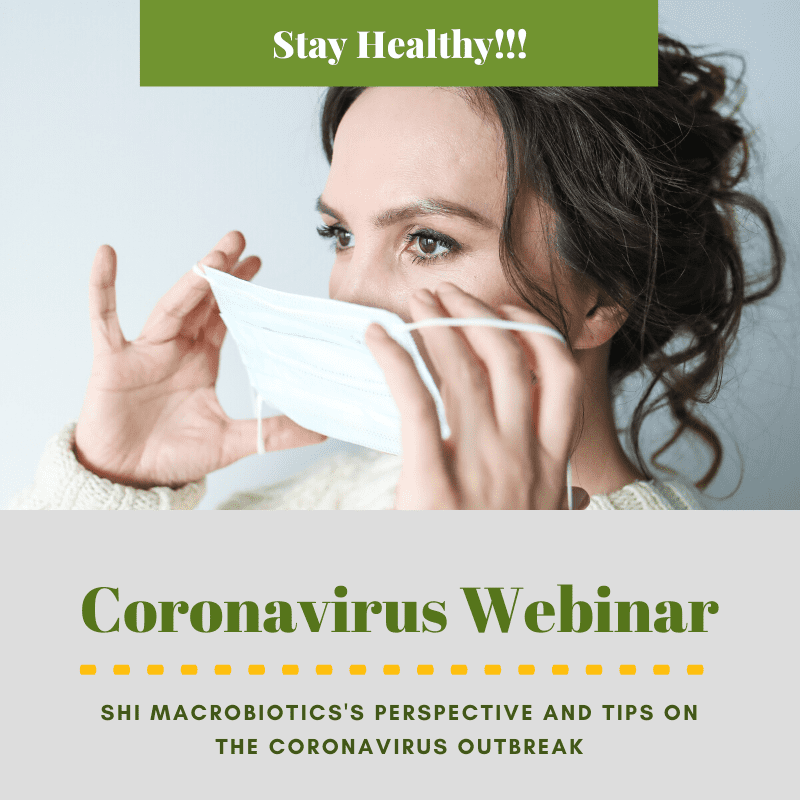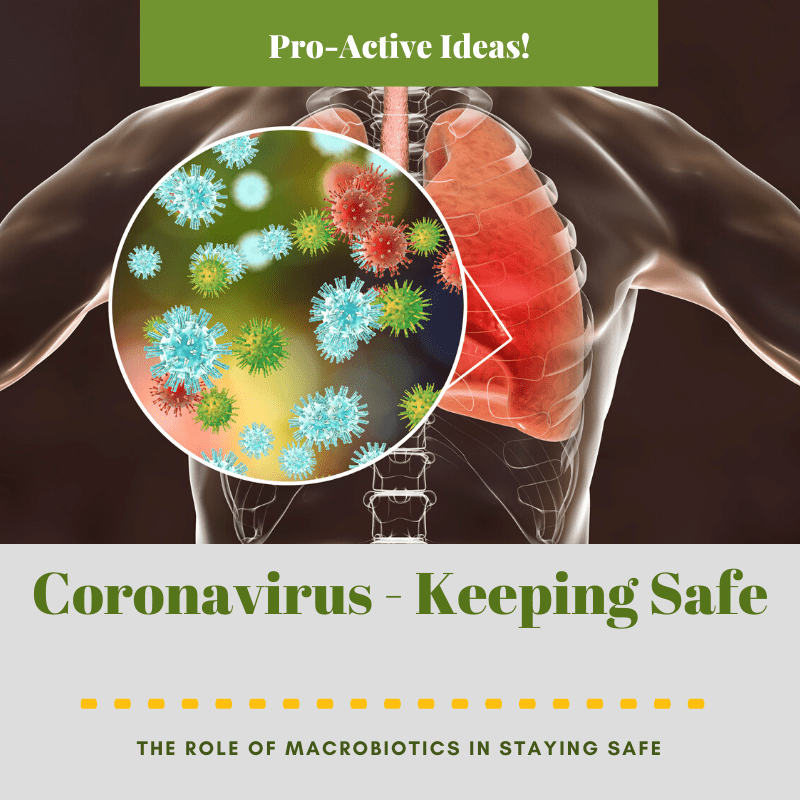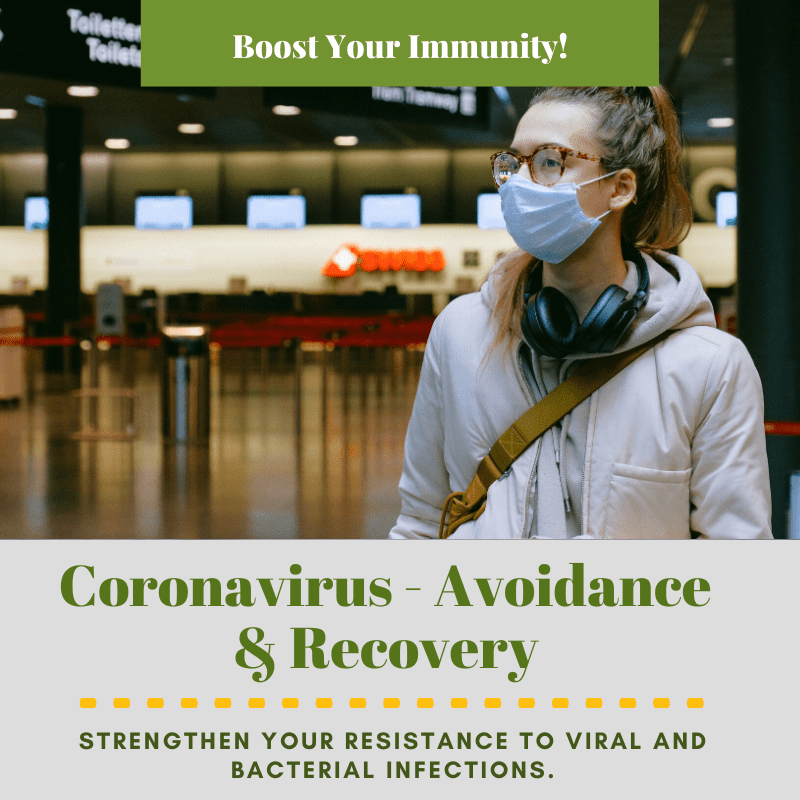Our skin and overall body shape are the most accurate record of our health history, as well as future potential illness. In Western medicine, we often take blood tests and other tests that capture a momentary snapshot of our health and can be very efficient at showcasing health details at that exact moment. In oriental diagnosis, we have the ability to see the progression, or direction of our health over time. One of the main principles of oriental diagnosis is that the surface shows the inside.
Let’s look at some quick self-evaluations that we can make through oriental diagnosis.
What Does Our Skin Tell Us?
As mentioned, the surface shows the inside. The condition of our skin is a very good barometer of our internal condition because the skin is nourished and regulated by the inside of our body (our blood, lymph, and nervous systems). When these are healthy, the skin is receiving good nourishment and the skin is bright, resilient and healthy in appearance.
The skin is literally a third kidney. It’s a major excretory organ that also helps to clean our bodies the same way the kidneys do. These organs are important because our body relies on them to constantly clean, filter, and renew itself. And, when the kidneys get overloaded, the body sends the excess toxins to the skin for help to eliminate them. This is done through oil, sweat, odors and anything else that comes out of the skin during this process.
Healthy skin is slightly shiny, slightly moist, elastic, strong, and resilient, and free of blemishes. When our skin starts to become dry, the elimination process is disrupted by a fatty accumulation below our skin that is blocking the nourishment and moisture. This can happen to thin people as well as heavy people, because we all have fat in our bodies.
Dry skin is the first stage of a development of accumulation that will start to affect our health, vitality, digestion, and circulation over time. Blemishes appearing on the skin are an indication that we are developing accumulation deeper within our body. Then, the skin starts to get rougher and cracks, showing more loss of internal circulation and flexibility. Note, certain wrinkles can be normal as we age, but most really are not and can show that there is a serious loss of vitality. The final stage of poor skin is similar to that of dough, losing the ability to bounce back when pressed or pulled. This often appears just before someone discovers they have a serious illness.
The good news? These skin conditions are reversible through healthy dietary and lifestyle practices. The skin has the ability to completely renew itself every 28 days. Most people notice dramatic improvements within a month or two. The biggest foods to eliminate are baked and fried foods, or highly processed foods, commercial seed oils (anything other than unrefined sesame oil and extra virgin olive oil), and iced foods and drinks. The best foods to add to your diet for healthy skin are grains, beans, as well as land and sea vegetables. In addition, performing a daily body rub is essential for healthy skin.
What Does Our Body Type Tell Us?
We accumulate excess in different parts of our bodies. The belly indicates over-indulgence in refined carbohydrates and simple sugars (think of a “beer-belly”). The chest indicates over consumption of soft dairy foods (soft cheese, butter, sour cream, ice cream, etc.) and sugar. The butt is from meat or tropical tubers like potatoes, tapioca, or cassava. The thighs are from hard dairy, including pizza! The upper back is from poultry and fatty foods. A wrinkly neck shows lymph stagnation (basically from the same foods that cause belly fat) and loose sagging skin under the chin shows a deeper loss of vitality.
The texture or feel under our arms shows what type of excess has been accumulated. Here are some examples:
- Hard and inflexible: from hard animal protein, such as meat or eggs
- Hard and fatty: from hard cheese
- Soft: from soft dairy
- Watery (jello-like): from sugar, creamy foods, sweets, and soft drinks
The two areas that show the greatest losses of vitality are excess fat around the belly and loose skin beneath the chin. The accumulation of visceral fat around the abdominal organs is well known in both Oriental and Western medicine to be a red flag of health and heart issues. In oriental medicine, purple is often seen as a sign of danger. So, if the nose becomes purple, it may indicate a heart attack or stroke at some point in the future.
If you have any of these issues, a change is needed immediately. Seek the guidance of an experienced macrobiotic counselor as these symptoms are to to be taken lightly.
With health, there is a kind of awareness about our appetite, sleep, overall energy, and appearance. So when people become more in touch with their health, they develop more body awareness. That is largely accompanied by the ability to receive notifications from the body – but, you must be ready to develop that relationship and stay open to self-evaluation.
Evaluating health by asking yourself questions is much better than looking in the mirror as it’s difficult to be objective. The biggest barometers are:
- Appetite: Does healthy food taste delicious?
- Vitality: Do you have the energy to do what you want and a can-do mentality?
- Sleep: Do you get deep, refreshing sleep?
- Bowels: Do you have a normal daily bowel movement?
- Are you generally interested in all aspects of life?










